At Australian International School Singapore’s Early Learning Village, just a 10-minute drive from Orchard Road, no two days are the same. Here, young, bright minds take the lead. “We are guided by our children who share their interests and wonderings with us, testing their theories about the world around them,” shares Head of Early Years Rachael Symes.
Rachael has spent all of her adult life as an educator. From Australia to Singapore, she’s worked in a range of school environments. After decades of experience, she’s certain her current position is “the most fulfilling.” Daily, she gets to follow her passion and heart, working with a team of eager educators to design, review, and implement a strong curriculum for children between the ages of two months to five years old.
In this Reggio Emilia-inspired setting that further draws inspiration from the Australian Early Years Learning Framework, every young learner is nurtured to be kind, active participants in a lifelong journey of learning. Their days start with a warm welcome from the Early Years leadership team. After unpacking their school bags, they make their way to their respective classrooms –– where everyday, new and exciting stimuli are set in place to spark creativity.

After decades of experience, Rachael Symes is certain her current position at AIS Singapore “has been the most fulfilling.” Source: Australian International School Singapore
As a community that believes in personalised teaching and a caring approach, teachers can be found engaging with students in the morning to plan their day –– which usually comprises visits to different play decks, shared mealtimes, and different opportunities to learn through play, inquiry, beautiful rituals, rich literature, and communication.
The intent is evident in its structure. “The village was definitely designed with the image of the child in mind ensuring that our youngest learners have full access to their environment,” explains Rachael. “Some of the design features that highlight this intent are child height windows and doors, sensory flooring, taps that allow children the opportunity to discover cause and effect and develop fine motor skills, natural lighting and materials, soft colour schemes as well as every classroom has indoor/outdoor teaching spaces.”
Each level is distinct from the other – signifying emphasis on crucial areas for progression. Each floor has two intimate pods of four classrooms where children develop a sense of belonging within small groups. They play and explore as much as they learn. Across three play decks that include sensory, action adventure, and physical activities, children exercise their imagination, while self-assessing risk under a watchful eye. These young learners are seen as “citizens with rights” – meaning they decide where they will play and learn each day.
This approach encourages independence, ignites curiosity, and provides the perfect foundation for excellence. After all, the goal is to prepare young, bright minds to excel in their next academic step and beyond. A contributing factor to this enrichment? The International Baccalaureate Primary Years Programme (IB PYP). Introduced from three years old, the PYP recognises that development and learning goes hand-in-hand. With it, children develop knowledge, skills, concepts, and attitudes which are relevant, engaging, and challenging across offered subject areas.
“From my personal perspective, the PYP offers our youngest learners the opportunity to develop a sense of international mindedness and global citizenship,” Rachael shares. “The programme focuses on life skills through explicit teaching and exposure to the approaches to learning (thinking, social, communication, self-management and research skills) and how these approaches to learning are implemented with varying degrees of sophistication from our three-year-olds to our 18-year-old learners.”

What sets the AIS Singapore Early Years Village apart is the way achievements are celebrated. Source: Australian International School Singapore
The minute children step foot into the Early Learning Village, they are being prepared for their eventual transition into the AIS Elementary School. Transitions are taken very seriously here. A unit of inquiry focuses on the question, “What is Prep?” Younger learners are often found making discoveries around Prep classrooms, having their lunch or enjoying play time.
Early exposure and connecting with current Prep students and teachers ensure they get accustomed to what a day in the life of a Prep student would look like for them in the near future. Parent information sessions are also conducted so the entire community is aware of the similarities and differences between the Early Years and Elementary School.
What sets the Early Years Learning Village apart is the way achievements are celebrated. Whether it be an infant’s first steps, a toddler’s first piece of artwork, or a child’s first obstacle course –– educators double as cheerleaders.
When asked about her favourite student story, Rachael reminisces about a class trip to the Musical Bridge, one of the play decks in the Early Years Learning Village. Amy, a young student expressed her desire to climb balance steps but was not confident about doing so on her own. Eromie Dassanayake, a faculty member, assisted Amy as she continuously repeated her climb –– with each step, she grew more confident and was later applauded for her accomplishment.
“Confidence is linked to competence, so if you can give your child responsibilities and empower them to figure out problems for themselves, you’ll be setting them up well for success,” Rachael explains. “I’m sure that there will be more challenging playground obstacles and equipment that Amy will encounter throughout the year and we will continue to encourage and support her.”
Follow Australian International School Singapore on Facebook, Instagram and LinkedIn.













